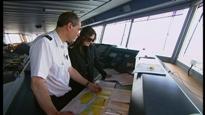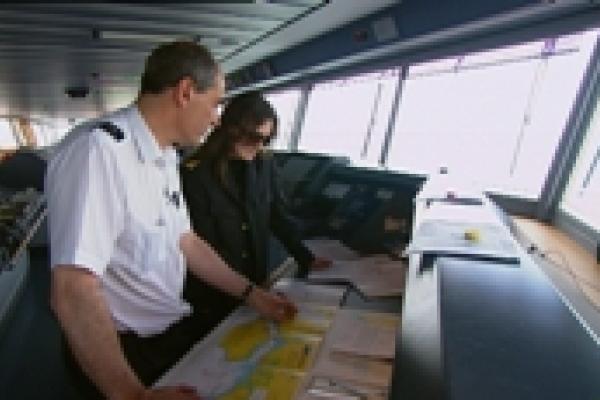
Steamship Mutual
Published: January 01, 2009

In a recent Mississippi case, a negligent pilot was found personally liable and ordered to contribute 50% of total losses incurred by the owners of the M/V “American Cormorant”. Their losses were comprised of damage to and loss of use of the vessel during repairs and amounted to $1.65m.
On 15 August 2004 the “American Cormorant” was due to berth at a wharf at the port of Pascagoula. Port requirements meant that a pilot would be compulsory for the journey from the Pascagoula River’s mouth to the wharf upstream. At the time of the contact the vessel was being navigated under the control of a pilot. The launch-way was a submerged submarine launch-way and had been erected in 1939.
To facilitate the vessel’s entry to port it had been agreed that all other traffic on the river would be suspended. The vessel’s draft meant she was restricted in her ability to manoeuvre within the river’s 350ft wide improved channel. Unfortunately she left the confines of the channel by some 70ft and made contact with the submerged section of the launch-way.
The outermost point of the launch-way was identifiable by a privately maintained buoy. Mistakenly, the pilot relied solely upon the buoy as a channel marker, neglecting other navigational equipment aboard and fixed objects ashore, to maintain the vessel’s course through the channel.
The court found the Pilot had unreasonably relied on the buoy; it said that floating navigational aids by their nature are prone to movement by wind, tidal, current and weather factors and should not be considered an infallible indicator of the exact position of an obstruction.
In assessing the pilot’s liability the court referred to dicta from the Supreme Court inAtlee v Packet Co., 88 U.S. 389, 396-97, 22 L. Ed. 619 (1874) stating that pilots are chosen for their personal knowledge and expertise of an area and should therefore be aware of permanent dangers located along the river’s course. Further in Bunge Corp. v M/V FURNESS BRIDGE, 558 F.2d 790, 798 n.6 (5th Cir. 1977), “compulsory” pilots owe an unusually high standard of care while in control of the vessel’s navigation.
The court concluded that the pilot actually knew, or should have known, the approximate location of the hazard, as it had been permanently located in the river for the entire duration of his career, and that the pilot had been aware of the risk of taking a deep-drafted vessel outside the parameters of the improved channel and manoeuvring in such close proximity to a privately maintained buoy marking a known hazard.
The pilot was consequently found negligent and personally liable to pay 50% of the damages. As a member of the Pascagoula Bar the pilot would ordinarily have been able to limit his liability as authorised by a port tariff; Section II Rule 420 of the tariff authorises the use of special contracts and tariffs between pilots and the master of the vessel to this effect. The Rule contains precedent terms and provisions on which such contracts should be substantially formulated. These terms stipulate that the pilot would be on board in an advisory capacity with the master remaining in control of the vessel at all times. In essence, the pilot would be a servant of the vessel. Further, the owners, operators and master would expressly covenant not to assert any personal liability to the pilot for any damages whatsoever resulting from his actions or omissions. In consideration for entering into such a tariff and thus benefiting from the covenant the pilot’s fees would be reduced accordingly to reflect their diminished risk.
In this incident the pilot did not execute any contract or tariff with the owners and master of the “American Cormorant”. He was consequently found to be personally liable for the full 50% of the overall damages awarded to the owners of the vessel. The balance was attributed to the contributory negligence of the master for failing properly both to monitor the pilot’s acts and to make sufficient preparations in order to have the level of situational awareness necessary to manage the pilot.


